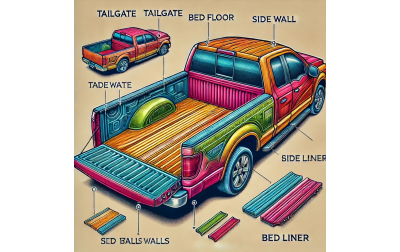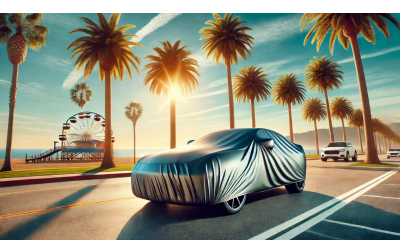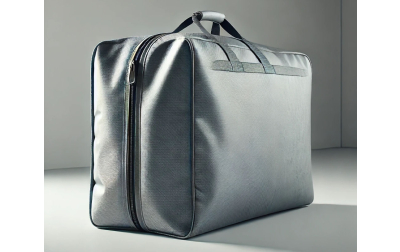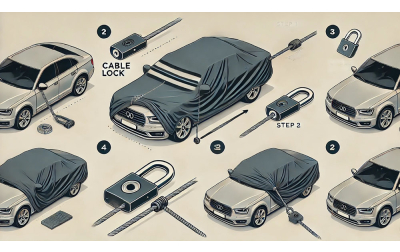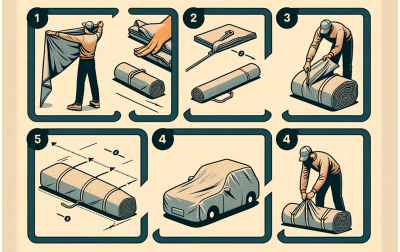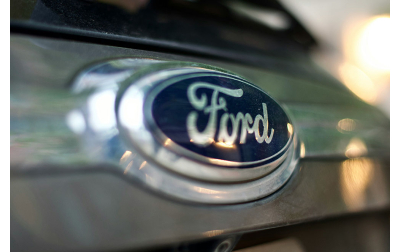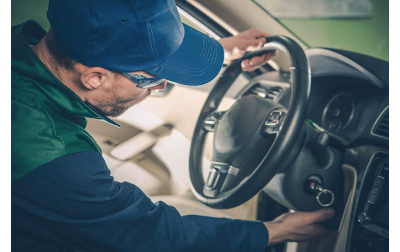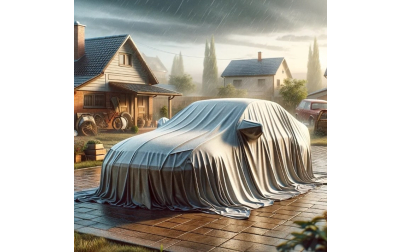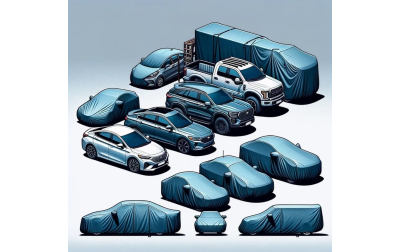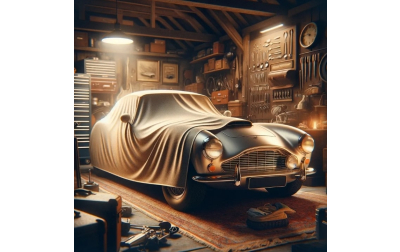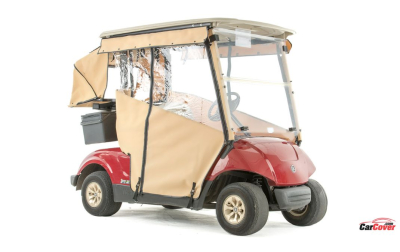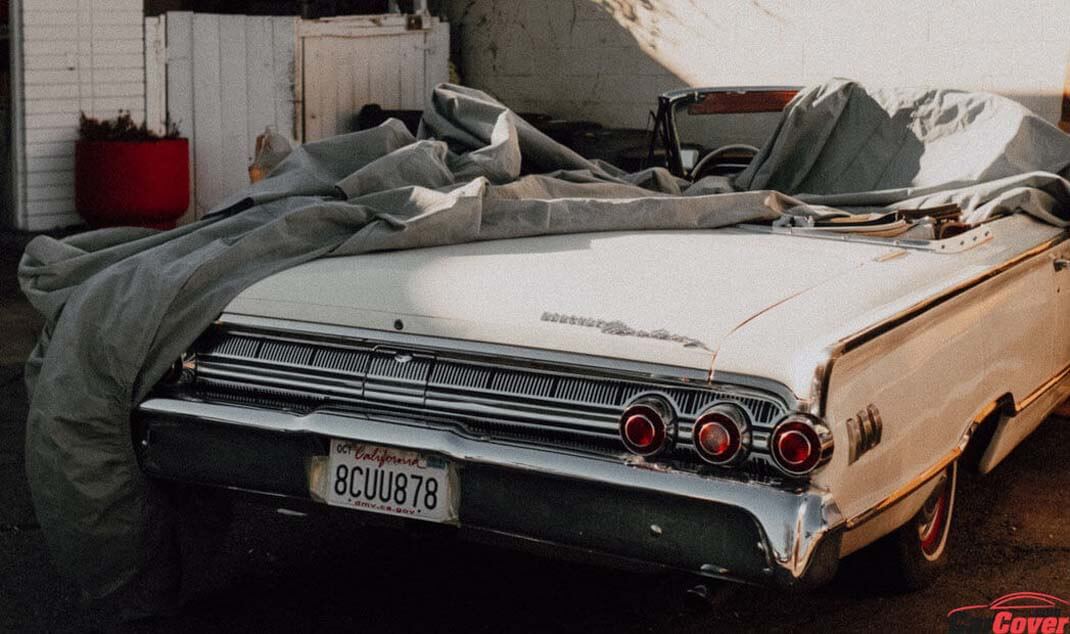
10 Important Things When Using a Vehicle Cover
When using a vehicle cover, several crucial considerations come into play to ensure effective protection for your vehicle. From selecting the right material to proper usage guidelines, these factors play a pivotal role in safeguarding your vehicle from environmental elements and potential damage. This brief guide highlights key things to keep in mind when using a vehicle cover, enhancing your understanding of how to maximize its protective benefits.
What is car cover
Currently, on the market there are two basic types of car covers: regular covers and heat-insulating covers.
Regular covers are designed from 1-2 layers of fabric, to prevent dirt, cover rain and sun, and protect the car from light external impacts such as dirt, tree sap sticking to the car... These are Impurities contain many chemical ingredients such as phosphoric acid, nitrates, some salts and other impurities, so if left for a long time, they will form spots on the car body, causing an unsightly appearance.
Heat-resistant covers include reflective aluminum or silver coating on the outside and insulating layers on the inside. They are specialized car covers used during peak summer heat. This type of cover is designed to prevent extreme temperatures and UV rays from the sun from damaging the vehicle's interior. Strong UV rays can cause the panel to crack, warp, and fade.
The above two terms are often used interchangeably and cause confusion among many users. However, in reality, these two protective accessories serve very different needs.
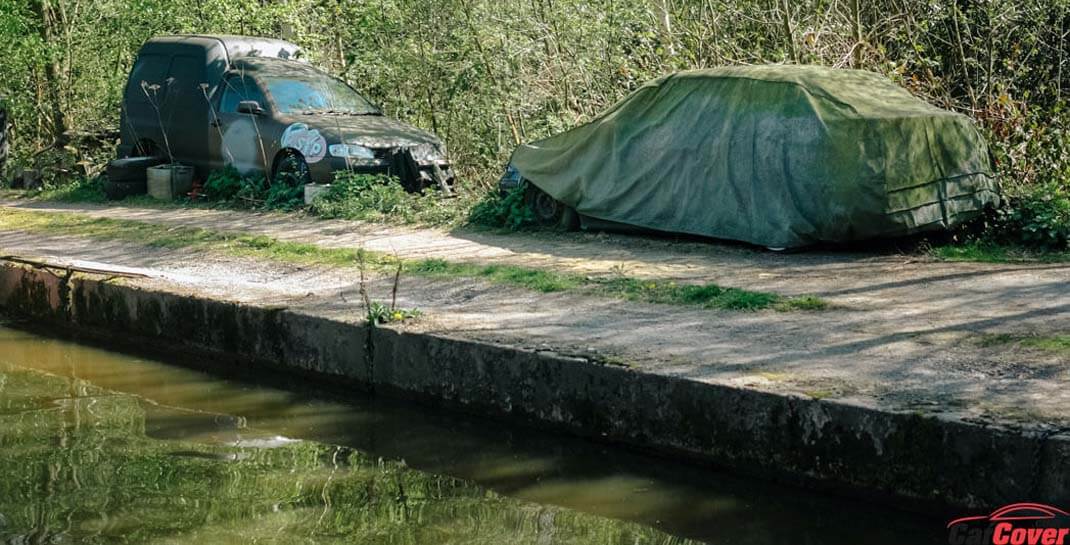

How to choose the right car cover
Purpose of buying cover
The first thing to note is to determine the exact purpose of use when looking to buy a cover for your car. If you often have to park outside in the intense heat for long periods of time, car owners should use a specialized heat-resistant cover. This product has the function of insulating, dissipating heat and maintaining the car's temperature not too hot in the summer.
On the contrary, if you only need basic protection, a regular car cover will be the ideal accessory to protect the car from external factors such as weather, dirt, leaves, insects...
Fits vehicle size
Depending on the brand, design or style, each car model has different sizes. If you choose the right size, the cover will cover the car body tightly and will not flap when in use, increasing the effectiveness of protecting the car from external factors.
Attach reflective strip
You should buy heat-resistant covers with a reflective layer because this feature plays an important role in insulating the car against solar radiation. The reflective layer significantly reduces the amount of heat absorbed into the interior compartment. Another benefit is that the reflective strip will glow as a warning sign to other moving vehicles when the car is parked outdoors at night.
On the market today, there are two popular types: aluminum-coated reflectors and silver-coated reflectors, in which silver-coated reflectors have superior durability and effectiveness. Some high-quality heat-resistant cover products have a reflective layer made of carbon fiber and are coated with silver.


With lanyard or iron hook
In the event of strong winds, strong thunderstorms, showers, etc., straps or iron hooks attached to the wheels will help fix the position of the canvas to prevent it from shifting, reducing the protection effectiveness.
Production material of cover
When covering the car body, if the cover is made from rough fabrics, hard fibers or parachute fabric, it will cause rubbing on the car body and scratching the outer paint layer. To limit this drawback, manufacturers will sew a layer of felt or cotton on the surface in direct contact with the vehicle.
Important things when using car covers
How to fold canvas
When not in use, untie the knots or remove the iron hooks on the wheels, then fold the two sides of the canvas to the middle (on the roof of the car) and roll the canvas from the front to the end of the car neatly. During the folding process, you absolutely should not pull the canvas hard in any position to avoid causing scratches to the body of the cover.
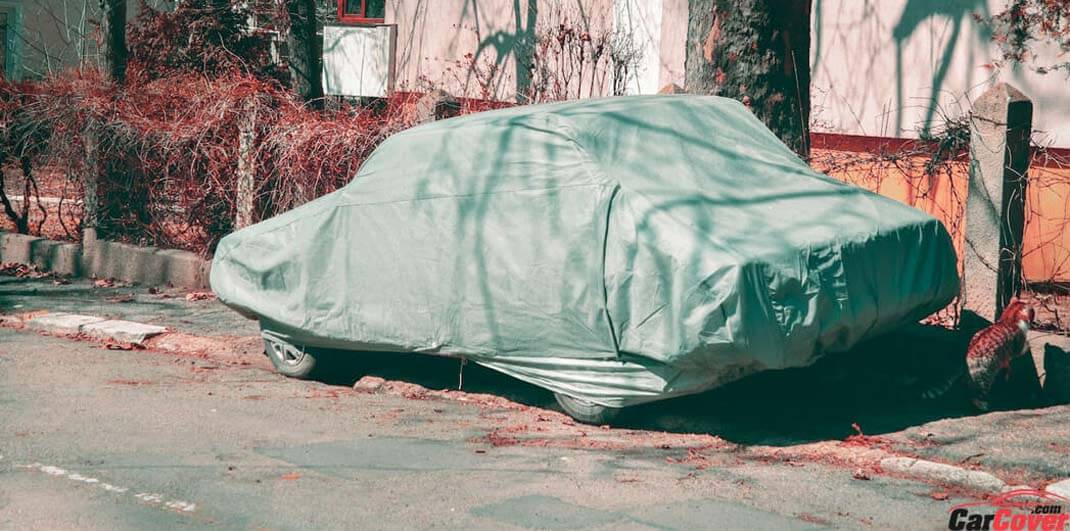

Do not cover with cover for long periods of time
Cars covered with cover for a long time will absorb moisture, condense on the side of the car and then react with other compounds, causing the paint surface to fade, the chassis to rust and the chassis to be oxidized. In addition, hot air that is not released for a long time will give off unpleasant odors, causing unsanitary conditions and harming the health of users. Next, the reflective silver layer begins to wear out or crumble and then break into tiny plastic pieces that stick to the car's body, making it unsightly if not treated.
Users should occasionally remove the car cover, take the part of the cover that is in contact with the car and dry it in the sun to dry the damp patches and mold that have accumulated after a period of exposure to the weather. After that, the user opens all the doors to expose the interior compartment to the outside environment for a while so that the air around the car can circulate and circulate, avoiding the storage of impurities and toxic moisture.
Combine with other accessories to increase heat resistance
On sunny summer days, the temperature in the car compartment parked outdoors can reach up to 65 degrees Celsius. With the car having to absorb high heat, some parts and details made of plastic, leather, and felt will be damaged. Common phenomena include aging, discoloration or blistering of the plastic part, patches of skin that are easily cracked, wrinkled...
Not only that, when the car cabin temperature reaches 50 degrees Celsius, parts made from rubber or vinyl in the cabin such as the dashboard, dashboard, seats... will easily produce toxic gasses and affect the body. In addition, car paint fades very quickly and cannot retain its freshness under the influence of heat radiation generated from sunlight.
Although it is made from layers of insulating fabric, the heat-resistant effect of the cover is not really obvious, especially during peak summer noon hours. If you have to park your car in direct sunlight, the car owner should combine the use of a cover with a heat-insulating sheet, a silver-coated shield or a windshield curtain to effectively prevent the harmful effects of solar radiation.
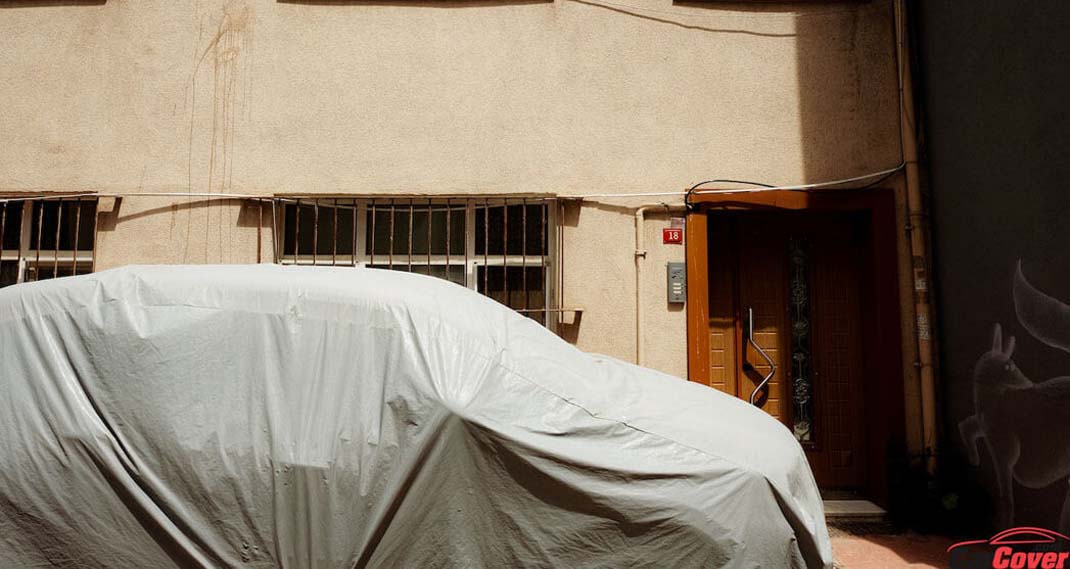

Choose a reasonable time to cover
After long trips or without cleaning for a long time, there will be a lot of dirt, mud, sand grains... stuck on the sides of the car. If the car has not been washed and covered with a cover, the car owner may accidentally damage the glossy paint layer on the surface due to the friction between sand, dirt and the car's side. Therefore, to ensure aesthetics, users should clean the vehicle before covering it with cover.
In addition, drivers also need to remember not to cover themselves with a cover as soon as they turn off the engine. At this time, the temperature at the hood (front of the car) is still high, which will cause the canvas to melt and damage the exterior paint.
Do not overuse car covers
Although there are a number of undeniable practical benefits, covering with cover still has certain limitations that cause inconvenience to users.
First to mention is the complexity of covering or removing the cover. Both of these steps are relatively time consuming and laborious. If the car has a small number of trips per month, this may not cause too much trouble for the owner. But if you have to use the car every day to go to work, pick up children, etc. The cumbersome process of covering and removing the cover will make the user waste a lot of time and feel inconvenienced.
Next, car covers that are used for a long time without being cleaned or washed regularly will retain many impurities, a musty smell or stick to all kinds of mud, dirt, rainwater, decomposing leaves... When using the vehicle, users need to be careful to avoid direct contact with the canvas surface to avoid soiling clothes or affecting health due to bacteria sticking to the body.
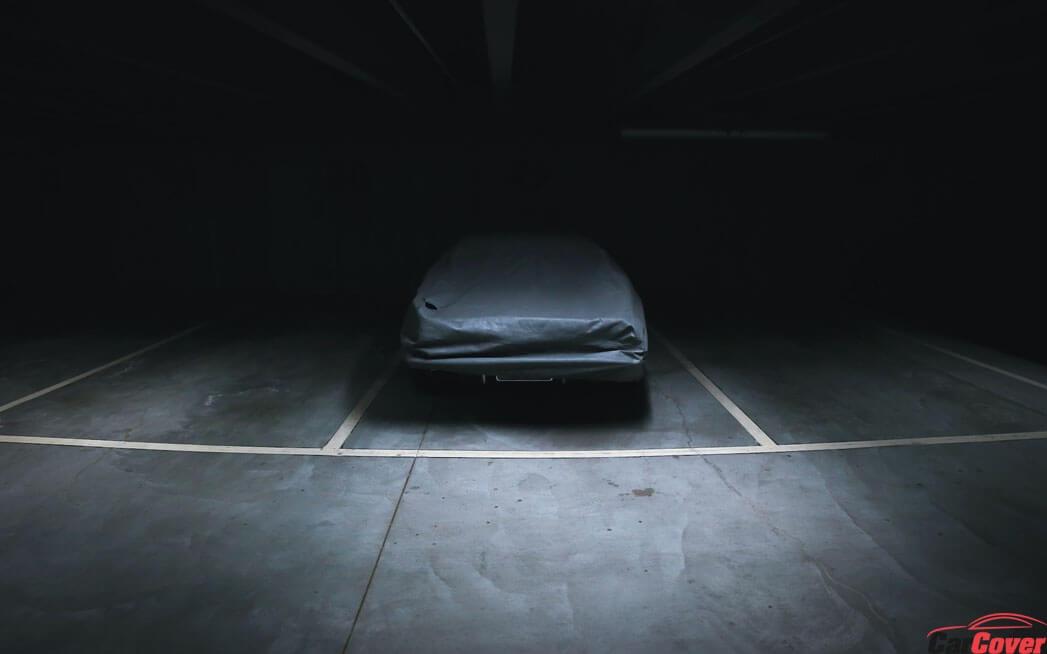

Should you use a car cover?
“Should we use a car cover?” is a question that most drivers, from many years of driving, still don't really understand. Many opinions say that you should not cover your car with a cover because it is harmful to the car, causing scratches and damage to the car, and is very inconvenient to use, but some people say that covering the car with cover is good for the car, prevents dirt, and protects the car from dirt. Protecting against rain and sun, covering with cover will prolong the life of the interior, helping to save money on vehicle maintenance and repair...
When it comes to covers or car covers, surely everyone knows the benefits it brings such as: anti-dirt, sun protection, dust protection, protection against leaves, bird dropping, anti-collision, etc. when used regularly. Park your car outdoors. But in reality, not all car covers bring so many benefits. If you don't know how to choose a suitable car cover, it will not only bring no benefits but will cause a lot of inconvenience when used.
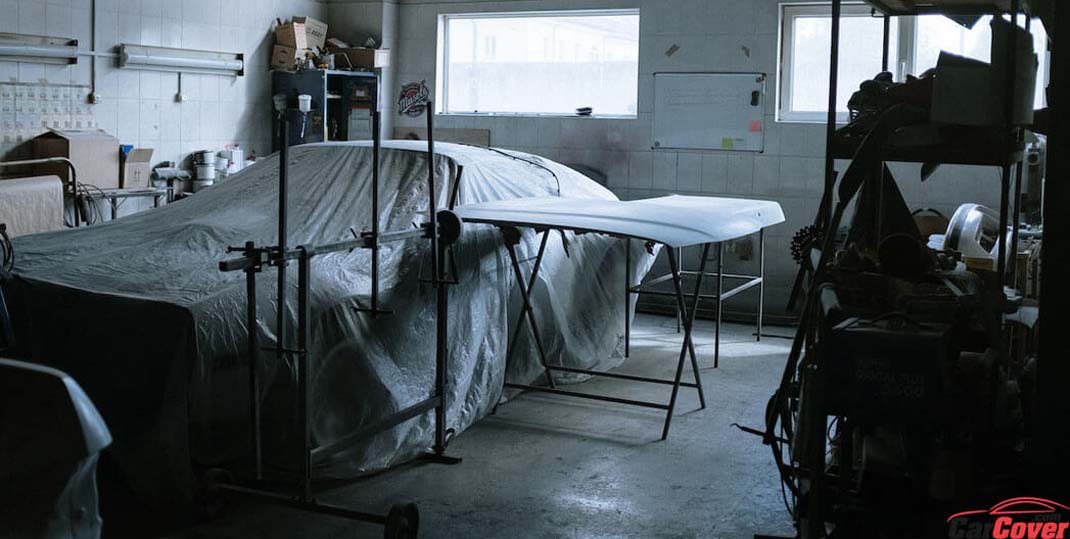

FAQs
Why should I use a vehicle cover?
A vehicle cover provides protection against various environmental elements, including dust, UV rays, bird droppings, and harsh weather conditions, preserving your car's appearance and integrity.
How do I choose the right size of the vehicle cover?
Measure your vehicle accurately and choose a cover that fits snugly. Refer to the manufacturer's guidelines for sizing recommendations, ensuring proper coverage without being too loose or tight.
What materials are commonly used in vehicle covers?
Vehicle covers can be made from materials like polyester, polyethylene, or a combination of materials. Choose a cover with breathable fabric to prevent moisture buildup and potential damage to your vehicle's paint.
Can I use a vehicle cover on a wet or dirty car?
It is recommended to clean and dry your vehicle before using a cover to prevent scratching and moisture retention. Putting a cover on a wet or dirty car may trap debris and cause damage to the vehicle's surface.
How do I maintain and clean my vehicle cover?
Follow the manufacturer's cleaning instructions. Generally, most covers can be cleaned with mild soap and water. Regular maintenance, including keeping the cover free of debris, contributes to its longevity.
Are there covers specifically designed for indoor or outdoor use?
Yes, some covers are designed for specific environments. Outdoor covers typically offer additional UV protection and are more robust against weather elements, while indoor covers focus on dust protection.
Can a vehicle cover be used for long-term storage?
Yes, certain covers are designed for extended storage periods. Look for covers with features like soft inner linings to prevent scratches and secure fastening mechanisms to withstand wind.
Are there covers suitable for all vehicle types?
Covers come in various sizes and designs to accommodate different vehicle types, including cars, trucks, SUVs, and motorcycles. Ensure you choose a cover that matches your vehicle's specifications.
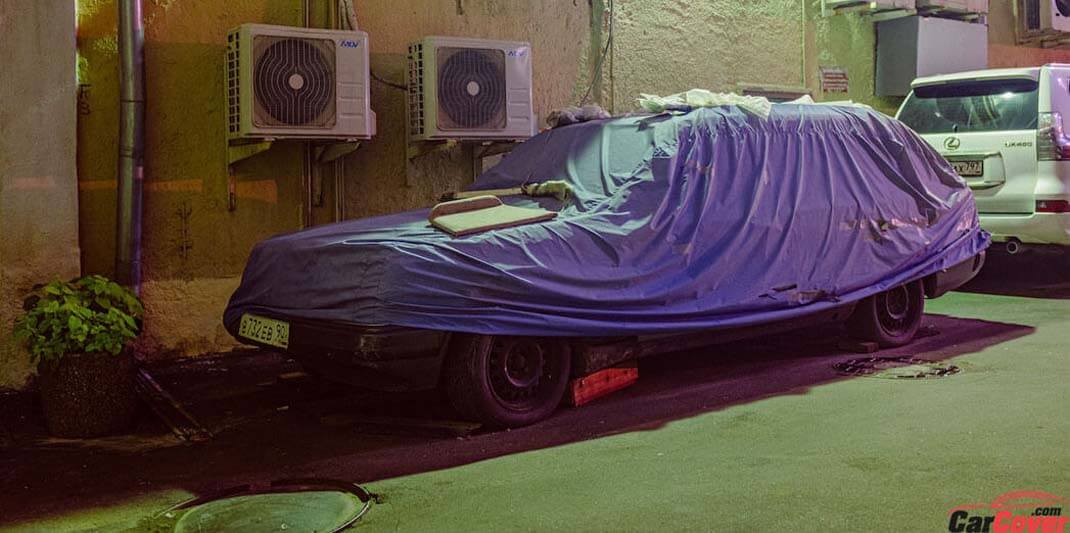

Final Thoughts
In conclusion, using a vehicle cover is a prudent choice to safeguard your vehicle from various environmental elements and potential damage. Considering key factors such as material quality, size compatibility, and proper usage guidelines can significantly enhance the effectiveness of the cover. By investing in a high-quality and well-suited vehicle cover, you not only protect your car from dust, UV rays, and weather conditions but also prolong its overall lifespan and maintain its aesthetic appeal. Regularly cleaning and maintaining both the vehicle and the cover further contribute to a long-lasting and reliable protective solution. Ultimately, conscientious attention to the considerations outlined for using a vehicle cover ensures that your investment in vehicle protection remains a valuable and worthwhile endeavor.

